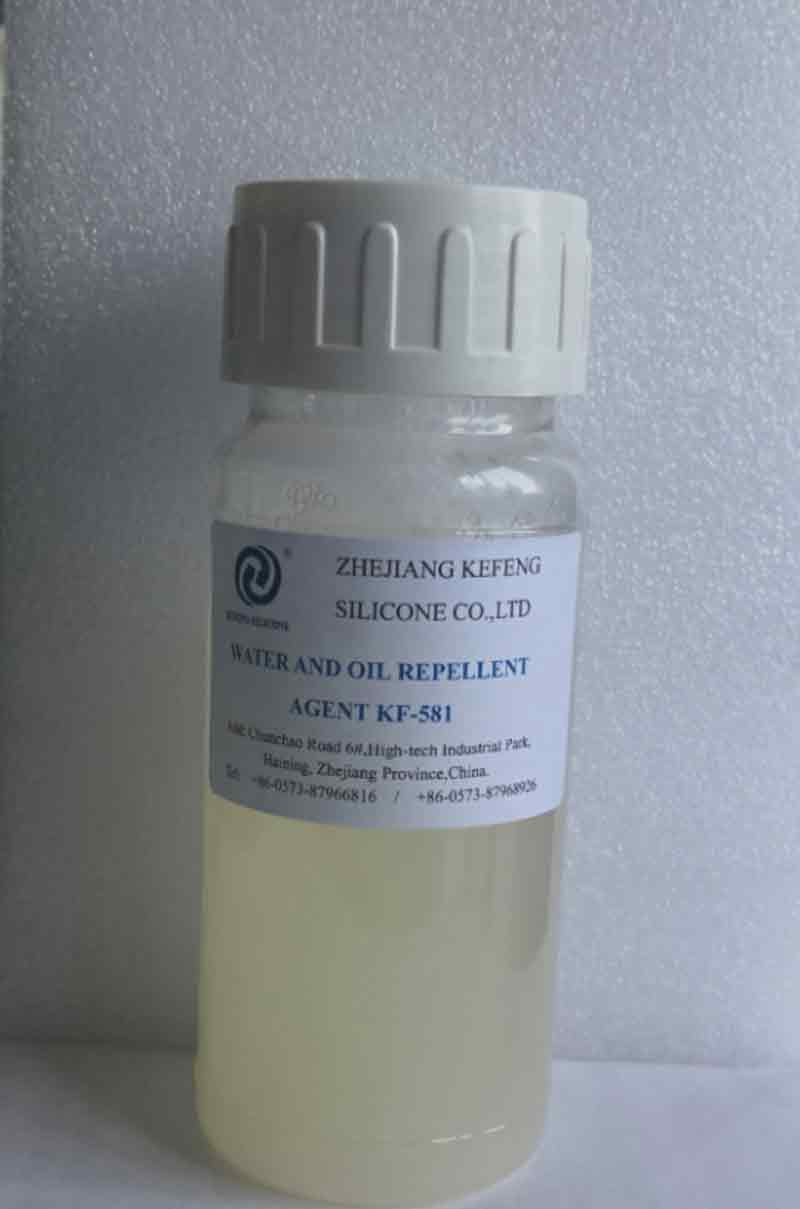

Views: 10 Author: Site Editor Publish Time: 2022-05-19 Origin: Site

A recent study has sought to determine the best timing for silicone oil removal from the eye. Silicone oil is injected into the vitreous cavity during a vitrectomy, a procedure that reattaches a detached retina. Researchers performed the procedure on 100 eyes from 96 patients and analyzed the results statistically. Despite the risks, silicone removal can improve the overall outcome of surgery and help prevent complications. Read on to find out more about this procedure.
The 23G silicone oil removal technique is a simple, safe, and inexpensive way to remove the lubricating silicone oil. The method is so effective that it can be used clinically by most medical institutions. The results have been promising, and the method has been approved for publication by the American College of Surgeons. For more information about silicone oil removal, visit the Ophthalmic Communications Society's website. It has been accepted for publication on Apr 30, 2020.
This study was the first to use a patented procedure for silicone oil removal in the eye. It was carried out in a clinic in the United Kingdom using the Vitrectomy technique. Patients were required to maintain a face-down position for 10 days after surgery. All patients underwent the procedure. They were given a minimum of five months of follow-up to monitor results. Moreover, surgeons chose the technique based on their clinical assessment and the patient's individual condition.
The benefits of this method include a low cost and high efficiency. To remove silicone oil, you need a small disposable polyethylene infusion tube with a 5-mL syringe. You should pull on the syringe to squeeze out the oil. Do not pull too hard as this method may cause an eyeball collapse or retinal injury. In addition, the procedure is difficult to perform on a large scale due to the lack of equipment.
Patients with silicone oil usually complain about floaters, which interfere with their quality of life. To solve this problem, surgeons have developed a new surgical technique that involves the positioning of the temporal head and passive fluid-air exchange through two 23-gauge cannulas. Twenty-four silicone oil-affected patients were enrolled in this study. The study followed the Declaration of Helsinki and was approved by the Wenzhou Medical University Ethics Committee.
The current procedure has become the standard of care for patients with complex retinal detachment. However, silicone oil removal has long-term benefits for retinal redetachment, visual acuity, and complications. Researchers at the Institute of Ophthalmology and Visual Science conducted a study between 2012 and 2016 to evaluate the effects of silicone oil removal on the outcome of patients with retinal detachment. The patients with silicone oil tamponde were more likely to remain attached to their vision and to have a visual acuity of 5/200 or better. Those with oil retention did not experience recurrent retinal detachment.
